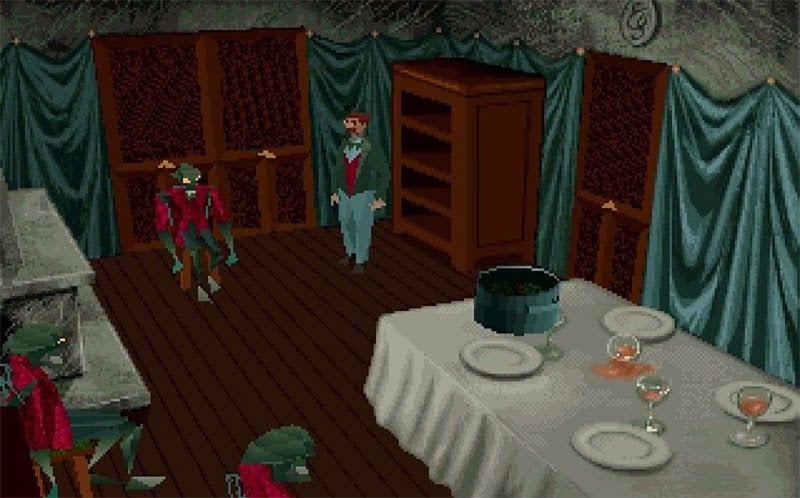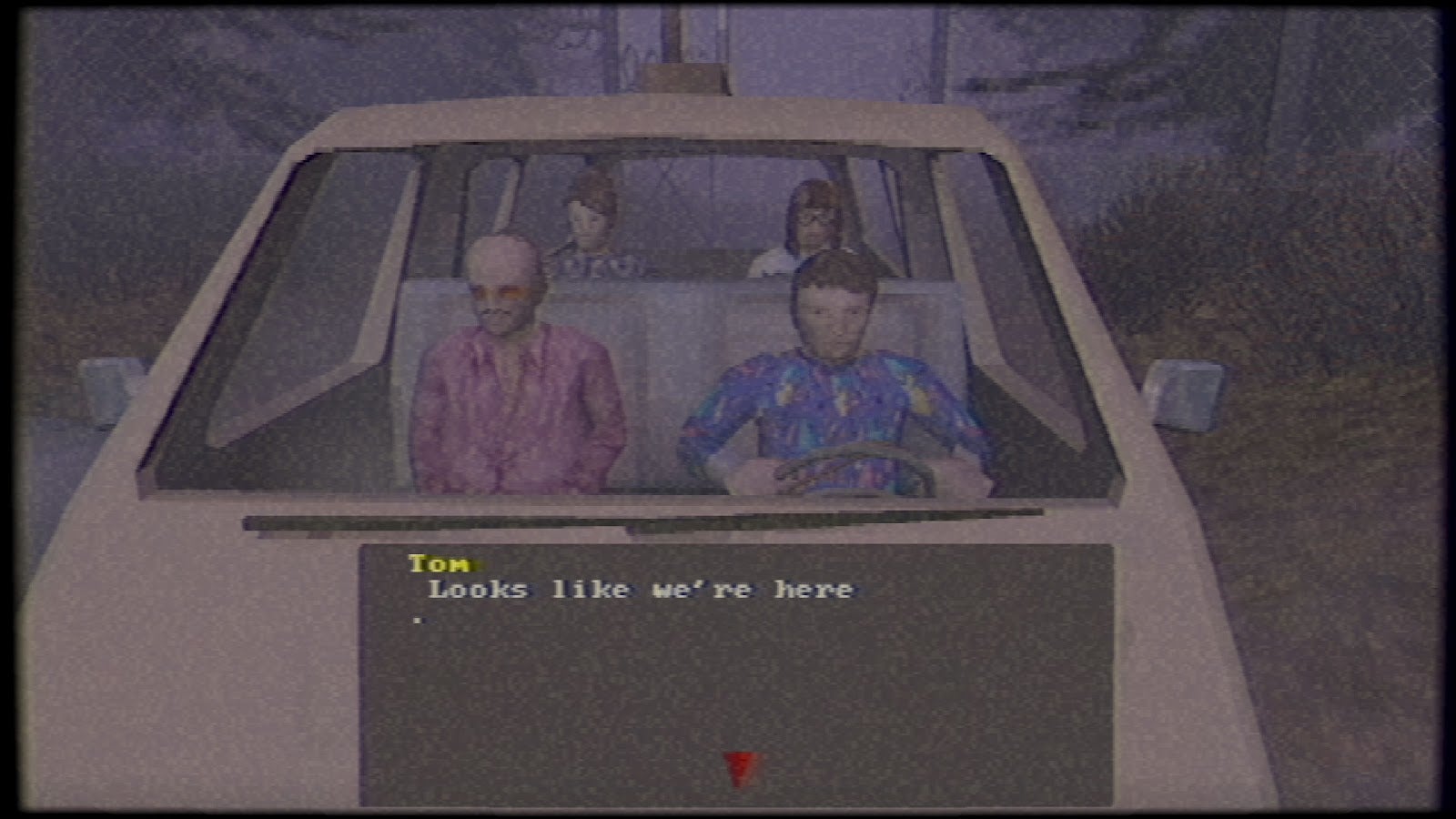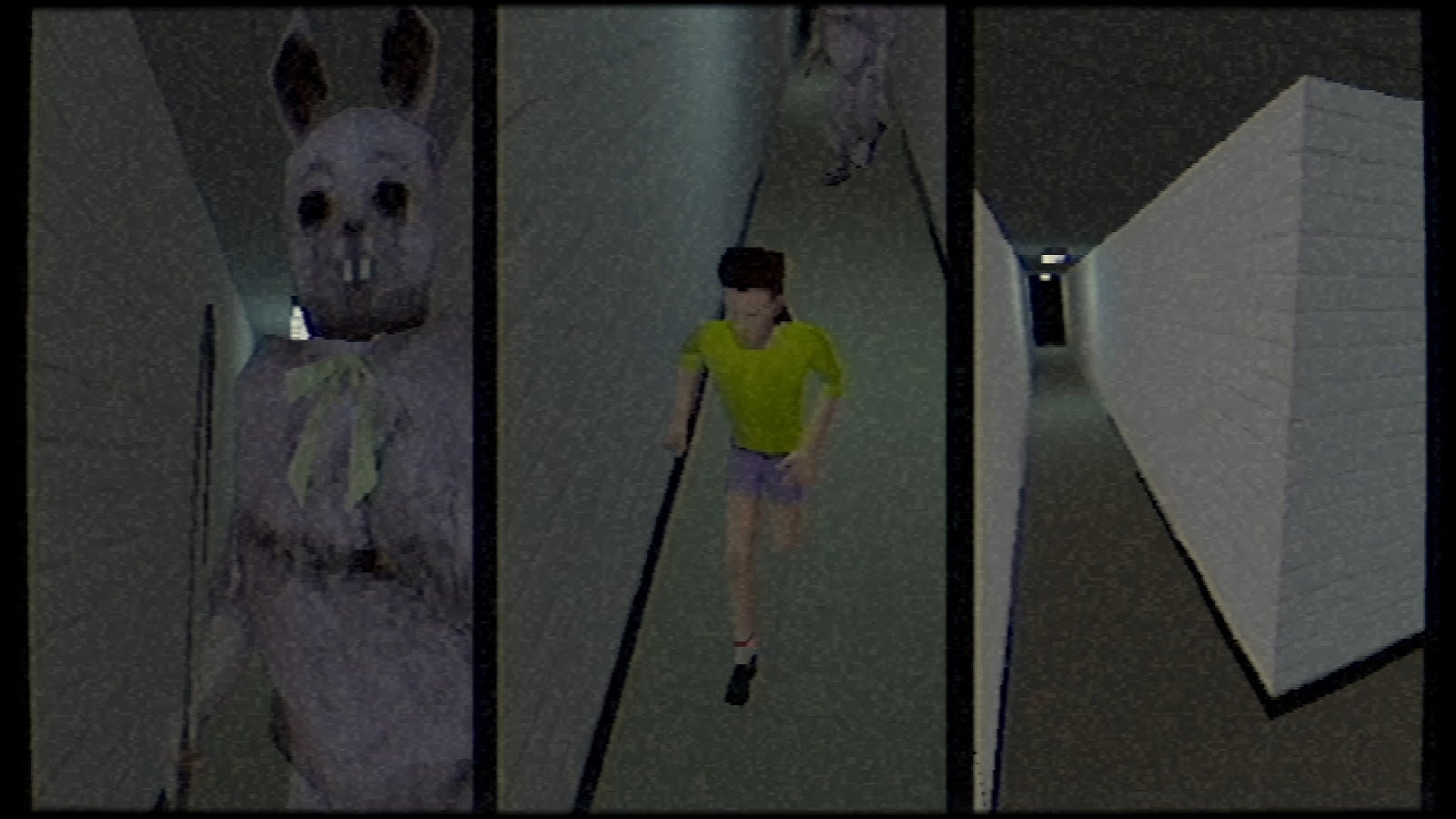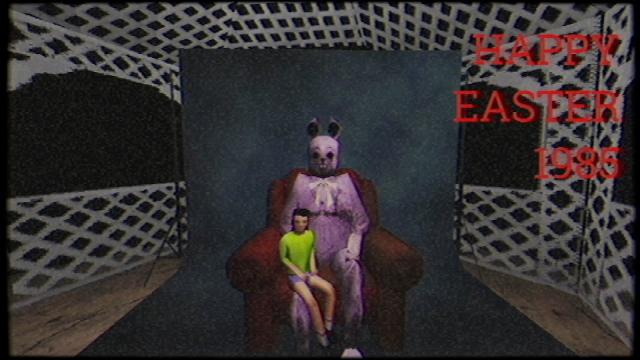What’s more frightening: a near-photorealistic video game killer pursuing you with perfectly motion-captured movements, or a silent, meathook-wielding Easter bunny with vague features and primitive textures, chasing you with a jerky, hand-animated gait? If you answered the latter, then the low-polygon horror games produced in the early days of 3D graphics might scare you as much as they scare me, and you might want to avoid Puppet Combo’s Murder House.
Somewhere between the 2D graphics of the Super Nintendo era and the more realistic 3D that started springing up with the release of the Dreamcast and PlayStation 2 lies what I like to call the dark age of 3D gaming. An age when game developers, lacking the processing power to render realistic humans, did the best they could with the tools they had.
The result of their efforts to duplicate reality with a limited amount of polygons at their disposal were hideous humanoid shapes painted with dull, lifeless textures. Where there should have been curves, there were sharp angles. Faces were flat. Fingers fused together, if present at all.

When these early attempts at 3D reality were applied to a horror setting, as in 1992’s Alone in the Dark, the unsettling effects were significantly amplified. The ghouls pursuing poor Edward Carnby through that haunted Louisiana mansion weren’t real creatures. They were the idea of real monsters dragged into a 3D reality that wasn’t prepared to render them.
Alone in the Dark, Nightmare Creatures, the first PlayStation instalment of Clock Tower, all of these horror-themed games were made more terrible for me by those hazy, low-poly monsters. I suspect my imagination, desperate to make sense of what I was seeing, filled in the blurry edges with near-unimaginable horrors.
I thought low-poly horror was over. Puppet Combo’s Murder House, which I wrote about last week due to its creepy Switch icon, brought it all flooding back to me. Released for PC last year and consoles earlier this month, Murder House is an homage to low-polygon horror classics as well as ‘80s VHS slasher flicks, the sort of movies you’d find on the lowest shelves of your movie rental store’s horror section. Tapes with tracking artifacts, poor sound mixing, and odd bits of static.

Murder House tells two stories. The first, set in 1985, is the tale of a teenager who finds himself locked in his local mall after dark with a serial killer wearing a ratty Easter bunny costume. The second story is about a crew of TV reporters in 1988, who journey to the “abandoned” house of Easter Ripper Anthony Smith to shoot a documentary on the infamous killer, which is never, ever a good idea.
Puppet Combo sets the scene perfectly. The visuals are dark and fuzzy, with optional filters to tailor the display to your personal tastes. The music is eerie ‘80s horror synth, discordant and disturbing. Doors in the game open in classic Resident Evil style, switching to an image of the door against a black background, opening with a creaking noise. The graphics are purposefully dated. Walls and storefronts are flat textures. Human characters have blurry faces that never quite come into focus no matter how hard you squint.

The controls and camera really tie the whole retro horror vibe together. The cameras are fixed when playing in third-person (there is a first-person camera option in the menu), which means the view can shift suddenly as you’re walking down a darkened, empty mall corridor or running from a fluffy pink serial killer. The game features tank controls, so you push the left analogue stick right or left to turn your character and forward to walk in the direction you’re facing. It’s a frustratingly imprecise method of movement that adds the perfect degree of panic to moments when your character has to run. At key moments the screen will split to show multiple angles at once, which is even more disorienting.
Combine all of that with an eerie, near-constant hum and some ear-splitting incidental music, and you’ve got a recipe for old-school nightmare fuel. Behold.
The dark, low-poly early days of 3D aren’t always worth revisiting. I don’t need a low-poly racing game. If I am playing a 3D fighter, I want to clearly see who I am hitting, and motion-capture is a must. I even have trouble going back to old 3D action games I used to love, like Jumping Flash on the original PlayStation.
Low-poly horror, however, holds up very well. It’s as if the antediluvian 3D visuals add a layer of darkness, uncertainty, and discomfort beyond what the developer intended, creating a classic creepy vibe that’s almost timeless. Murder House gets it.

Leave a Reply